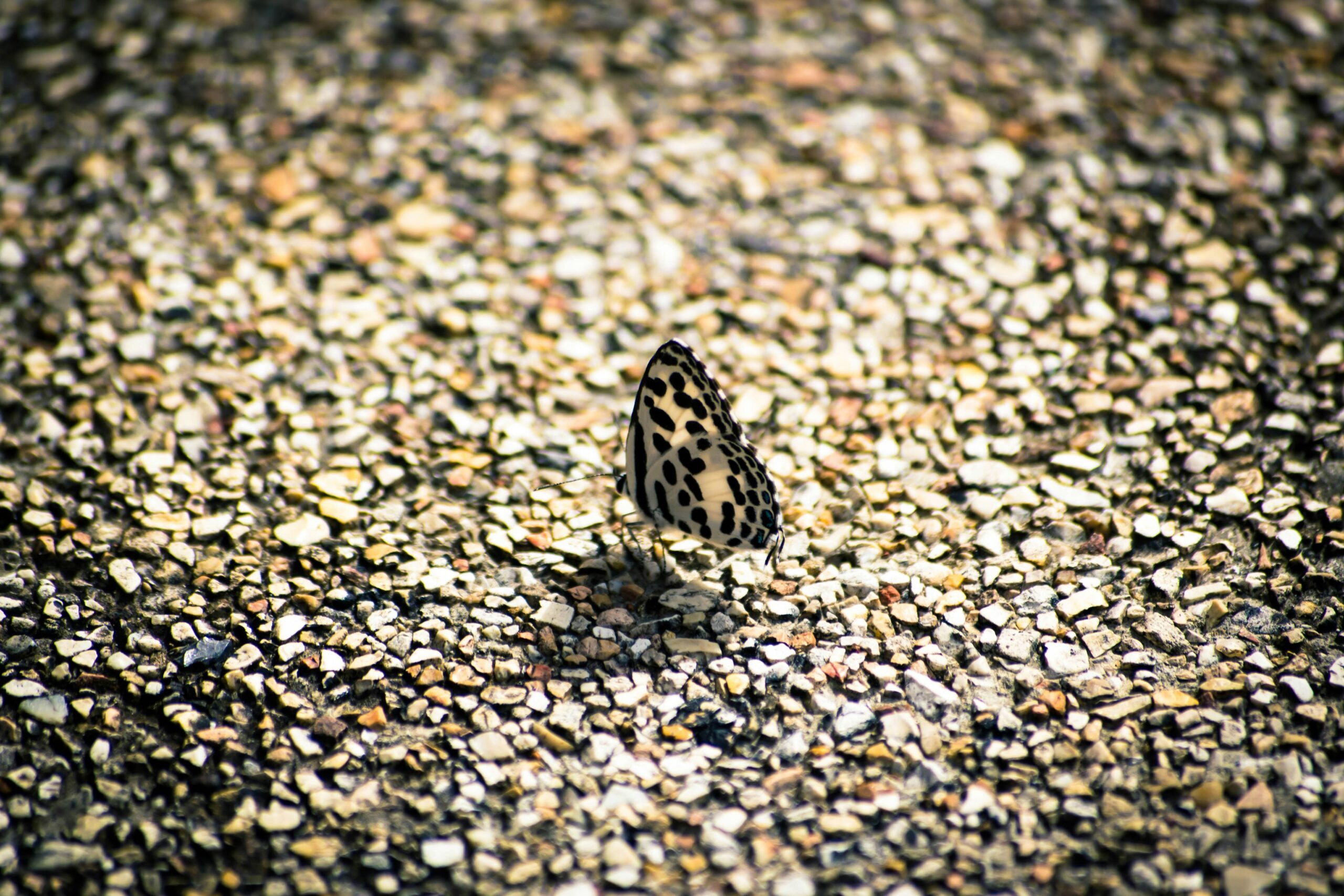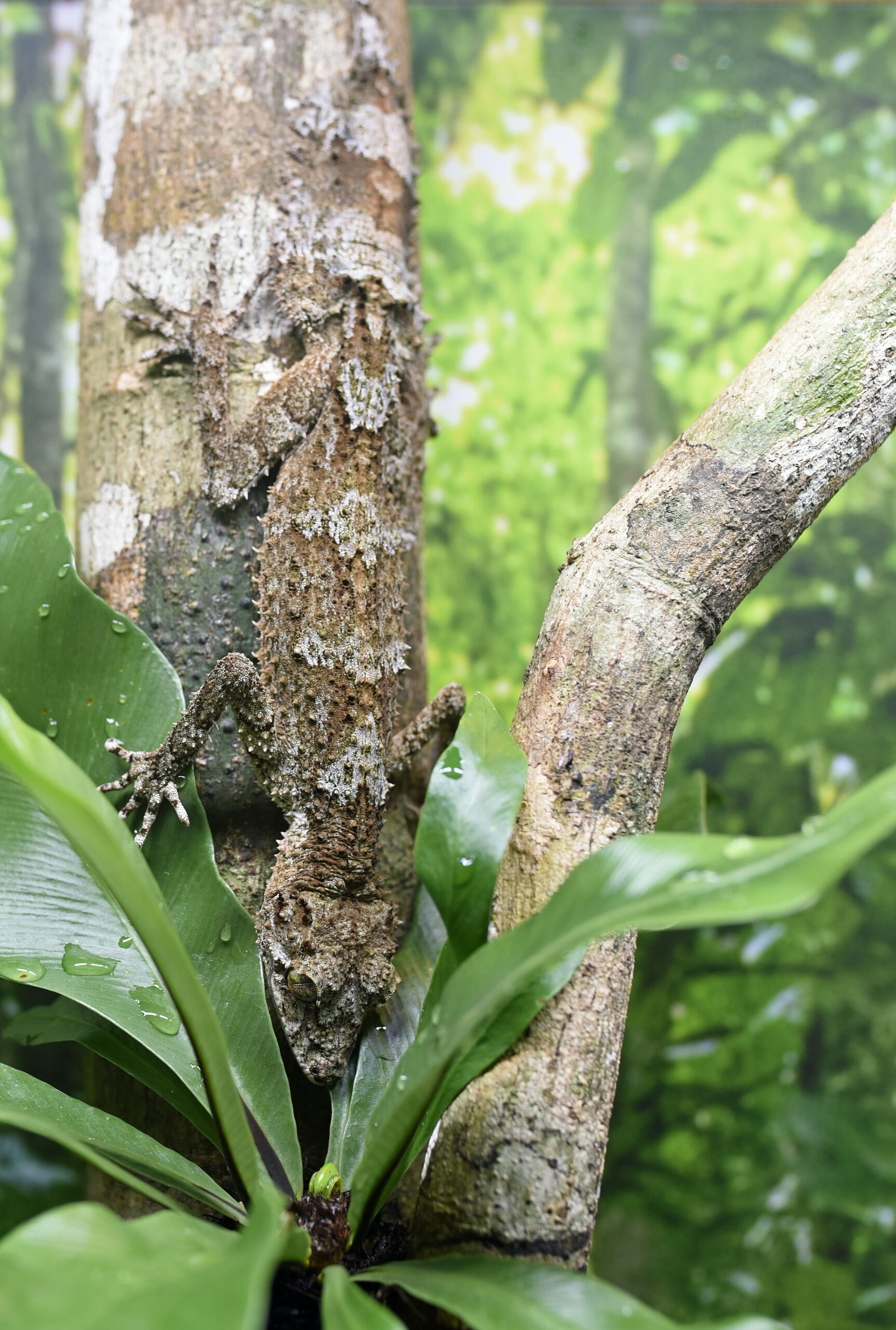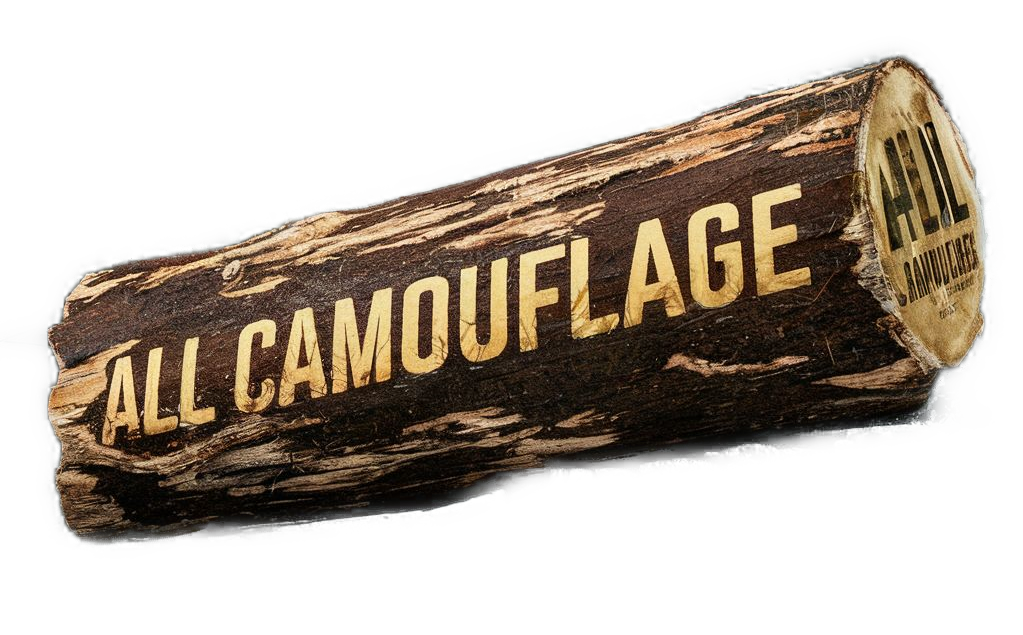When it comes to selecting the perfect camouflage pattern for your outdoor gear, you may find yourself overwhelmed with choices. With so many options available, it can be difficult to determine which pattern will best blend in with your surroundings and provide the necessary concealment. But fear not! In this article, we will explore some specific tips that will help you select the ideal camouflage pattern for your outdoor adventures. Whether you’re a hunter, hiker, or wildlife enthusiast, these tips will ensure that you blend seamlessly into nature and enhance your outdoor experience. So, let’s dive in and discover the secrets to selecting the right camouflage pattern for your outdoor gear.
Understanding the Purpose of Camouflage
Camouflage is an essential aspect when it comes to outdoor activities. It refers to the use of patterns, colors, and textures in order to blend into the surrounding environment, making it difficult for others or animals to detect your presence. Whether you’re participating in hunting, wildlife photography, or simply exploring nature, understanding the purpose of camouflage is vital for your success and safety.
Defining the term ‘Camouflage’
Camouflage can be defined as the use of specialized patterns and colors to conceal oneself or an object within a specific environment. It is a strategy that has been used by humans for centuries, and even animals have developed natural camouflage techniques to aid in their survival. In outdoor activities, camouflage serves the purpose of enhancing stealth and minimizing visibility, allowing you to seamlessly blend into your surroundings and increasing your chances of success.
Importance of camouflage in outdoor activities
The importance of camouflage in outdoor activities cannot be overstated. Whether you’re a hunter, a photographer, or an adventurer, utilizing the right camouflage gear can significantly enhance your experience. Camouflage helps you to remain undetected by animals, giving you the advantage of surprise and allowing you to observe them in their natural habitat. It also provides a level of protection against potential threats, as blending in with your environment decreases the likelihood of attracting unwanted attention.
Different Types of Camouflage Patterns
Now that we understand the purpose of camouflage, let’s explore the different types of patterns that are commonly used in outdoor gear.
Overview of popular camouflage patterns
There are numerous camouflage patterns available on the market, each designed with a specific purpose and environment in mind. Some popular patterns include Realtree, Mossy Oak, Kryptek, and Multicam. These patterns are known for their effectiveness in various terrains, such as forests, grasslands, and snowy landscapes. Each pattern has its own unique combination of colors and shapes, strategically chosen to blend with their respective surroundings.
Specific functionality of different types of patterns
Different camouflage patterns serve different purposes based on the environment they’re designed for. For instance, woodland patterns typically feature brown and green hues, mimicking the foliage found in forests. These patterns excel in densely wooded areas where there is plenty of cover to break up the human outline. On the other hand, desert patterns incorporate shades of tan and beige, allowing individuals to blend seamlessly into arid landscapes. Understanding the specific functionality of different patterns is key to selecting the right camouflage gear for your outdoor activities.

Matching Camouflage to Environment
In order to maximize the effectiveness of camouflage gear, it is crucial to match the pattern to the environment you’ll be in.
Need for matching gear pattern with nature
Matching your camouflage gear pattern with the nature around you is essential for maintaining optimal concealment. Wearing gear that does not blend well with the environment may make you stand out and compromise your ability to stay hidden. By carefully selecting gear that matches the surroundings, you can increase your chances of remaining undetected and enhancing your overall outdoor experience.
How camouflage helps blend into the surroundings
Camouflage works by utilizing colors, patterns, and shapes that mimic the environment, making it difficult for others to distinguish you from your surroundings. By wearing gear that matches the natural elements around you, you can effectively break up your human silhouette and blend into the surroundings. This allows you to move stealthily and observe wildlife or engage in activities without alerting potential targets or disrupting the natural balance of the environment.
Recognizing Seasonal Camouflage Choices
Different seasons bring about changes in vegetation and environmental conditions. As such, it’s important to adapt your camouflage choices accordingly.
Changing camouflage patterns based on the season
Seasonal changes affect the color palette of the landscape, making it necessary to modify your camouflage patterns. For example, during the summer months, when foliage is lush and vibrant, choosing a pattern that replicates the greens and browns of the leaves can be highly effective. In the fall, when leaves change color and fall off, opting for patterns with earthy tones, such as oranges and reds, can provide better camouflage. Similarly, during the winter, selecting a pattern with whites, grays, and blues will help you blend into the snow-covered landscape. Lastly, in the spring, when new growth and blossoms are abundant, patterns with lighter green and pink hues can be a good choice.
Examples of summer, fall, winter, and spring patterns
Some patterns are specifically designed to address the seasonal changes in the environment. For instance, there are patterns like Realtree APG, which features realistic earth tones and is ideal for blending into the lush foliage of summer. In contrast, patterns like Mossy Oak Break-Up Country are designed to mimic fall vegetation, providing effective camouflage during autumn months. Winter patterns, such as Kryptek Highlander, incorporate lighter colors to mimic snowy landscapes. Finally, spring patterns like Realtree Max-1 XT feature lighter greens and browns to blend well with emerging foliage.

Camouflage for Different Terrain
Understanding the terrain you’ll be navigating is crucial when choosing the right camouflage pattern.
Choosing camouflage for woods
In woodland environments, it’s essential to select camouflage patterns that mimic the colors and textures found in forests. Look for patterns that incorporate brown, green, and black hues, along with various tree bark and leaf shapes. Ideally, the pattern should have a mix of lighter and darker shades to provide a realistic and natural blend with the trees and undergrowth. Combination patterns like Mossy Oak Break-Up or Realtree Xtra are often suitable for wooded areas.
Selecting camouflage for open areas
In open areas such as grasslands or prairies, it’s important to choose patterns that match the surroundings. Patterns with earth tones like tan, brown, and green are effective for blending into tall grasses and vegetation. Opt for patterns such as Mossy Oak Country or RealTree MAX-5, which offer a combination of these colors and mimic the textures found in open spaces.
Opting for camouflage for water regions
Camouflaging in water regions poses unique challenges. It’s essential to select patterns that imitate water reflections and the surrounding environment. Look for patterns like Mossy Oak Shadow Grass Blades or Realtree Max-4, which combine a range of colors including dark and light grays, blues, and greens to create a seamless blend with the water and the surrounding wetlands. These patterns often feature reeds, cattails, and other aquatic vegetation to enhance their effectiveness.
Camouflage Tips for Hunting
In hunting scenarios, camouflage plays a critical role in increasing your chances of success.
Role of camouflage in hunting
Camouflage is an indispensable tool for hunters as it helps to conceal their presence and minimizes the chances of detection by game animals. By effectively blending into the surrounding environment, hunters can get closer to their prey without being noticed, thus increasing the likelihood of a successful hunt. Camouflage gear allows hunters to break up their human outline, blend with the natural elements, and become virtually invisible to game animals.
How to choose camouflage gear for hunting
When selecting camouflage gear for hunting, consider the environment, the season, and the specific game you’ll be pursuing. Opt for patterns that match the prevailing colors and textures of the hunting area. Additionally, prioritize gear that is designed for the specific hunting activity you’ll be engaging in. For example, hunting waterfowl may require specialized patterns with excellent water repellency, while big game hunting may necessitate patterns that blend well with varying terrains.

Color Perception in Animals
Understanding the color perception of animals is crucial when selecting camouflage gear.
Importance of understanding color perception
Different animals have varying levels of color perception, and some may be more sensitive to certain colors than others. Understanding the color perception of your target animal is essential in selecting camouflage gear that will effectively deceive it. By choosing patterns that align with the animal’s visual capabilities, you can increase your chances of remaining undetected.
Impact of color perception on camouflage gear selection
For animals with dichromatic vision, such as deer, it is crucial to select camouflage patterns that match the colors that deer are most sensitive to, such as brown, green, and blue. On the other hand, some animals, like birds, have tetrachromatic vision and can see a wider range of colors. When targeting birds, it is essential to choose patterns that provide effective camouflage across different color spectrums. By taking into account the color perception of your target animal, you can optimize your camouflage gear selection and improve your chances of a successful encounter.
Camouflage Patterns for Special Activities
Certain activities require specialized camouflage patterns to achieve optimal results.
Use of disruptive patterns for specific scenarios
Disruptive camouflage patterns are designed to break up the human silhouette and confuse the viewer, making it difficult to detect individual features. These patterns are especially effective in scenarios where you need to hide in plain sight, such as blending into dense foliage or concealing yourself from aerial predators. Examples of disruptive patterns include Realtree AP Snow, which features a combination of gray and white, making it suitable for snowy environments, and Kryptek Typhon, which uses irregular geometric shapes to provide optimal concealment in various terrains.
Choosing camouflage patterns for wildlife photography
Camouflage gear is not only beneficial for hunters but also for wildlife photographers. By blending into the environment, photographers can capture candid shots without disturbing or alarming animals. Patterns like Mossy Oak Brush are specifically designed for wildlife photography, providing excellent camouflage in various natural habitats. These patterns incorporate a mix of earth tones and textures to seamlessly blend with the surroundings and help photographers remain inconspicuous.
Maintenance of Camouflage Gear
To ensure the longevity and effectiveness of your camouflage gear, proper maintenance is essential.
Basic care tips for camouflage pattern gear
To maintain the quality and effectiveness of your camouflage gear, it is important to follow some basic care tips. Avoid washing your gear with strong detergents or fabric softeners, as these can damage the pattern’s colors and textures. Instead, opt for mild detergents specifically formulated for outdoor gear. Additionally, avoid using bleach and high heat when cleaning or drying your gear, as these can cause fading or shrinkage. Store your gear in a cool, dry place to prevent mold or mildew growth and regularly inspect and repair any damages, such as tears or loose seams.
How to maintain the quality and effectiveness of the pattern over time
Camouflage patterns can fade and lose their effectiveness over time if not properly maintained. To maintain the quality of the pattern, avoid exposing your gear to prolonged direct sunlight, as UV rays can fade the colors. Additionally, be mindful of abrasive surfaces or sharp objects that can cause damage to the fabric. Regularly inspect your gear for wear and tear, and consider reapplying any protective coatings or treatments recommended by the manufacturer to enhance water resistance and durability.
Buying Tips for Camouflage Gear
When purchasing camouflage gear, consider factors such as material, durability, and the budget you have allocated.
Considering the material and durability of gear
When selecting camouflage gear, it is important to consider the material and durability. Look for gear made from high-quality fabrics that are designed to withstand the demands of outdoor activities. Durable materials such as ripstop nylon or polyester blends are often preferred, as they offer resistance to tears, abrasions, and water. Additionally, check for reinforced stitching and quality zippers to ensure longevity. Prioritize gear that is breathable and lightweight, as it will enhance your comfort during extended outdoor excursions.
Where to buy camouflage gear
Camouflage gear is widely available and can be purchased from various sources. Outdoor specialty stores and sporting goods retailers often carry a wide range of camouflage gear, offering multiple options to choose from. Additionally, online marketplaces and manufacturer websites provide a convenient platform for browsing and purchasing camouflage gear. Take advantage of customer reviews and ratings to gain insights into the quality and performance of different gear options before making a purchase.
Budgeting for quality gear
When it comes to selecting camouflage gear, it is important to strike a balance between budget and quality. While it may be tempting to opt for cheaper options, investing in higher-quality gear will likely yield better results in terms of functionality, durability, and long-term value. Assess your specific needs and budget, and consider the longevity and performance of the gear before making a decision. Quality camouflage gear is an investment that can significantly enhance your outdoor experiences and increase your chances of success in various activities.
In conclusion, understanding the purpose of camouflage and selecting the right camouflage pattern for your outdoor gear is essential for ensuring successful and enjoyable outdoor activities. By matching your camouflage gear to the environment, adapting to seasonal changes, and considering the specific terrain and activities, you can maximize your concealment and increase your chances of success. Taking into account animal color perception and properly maintaining your camouflage gear will further enhance your effectiveness. By following these tips and prioritizing quality gear, you can elevate your outdoor experiences and make the most of your time in nature.

